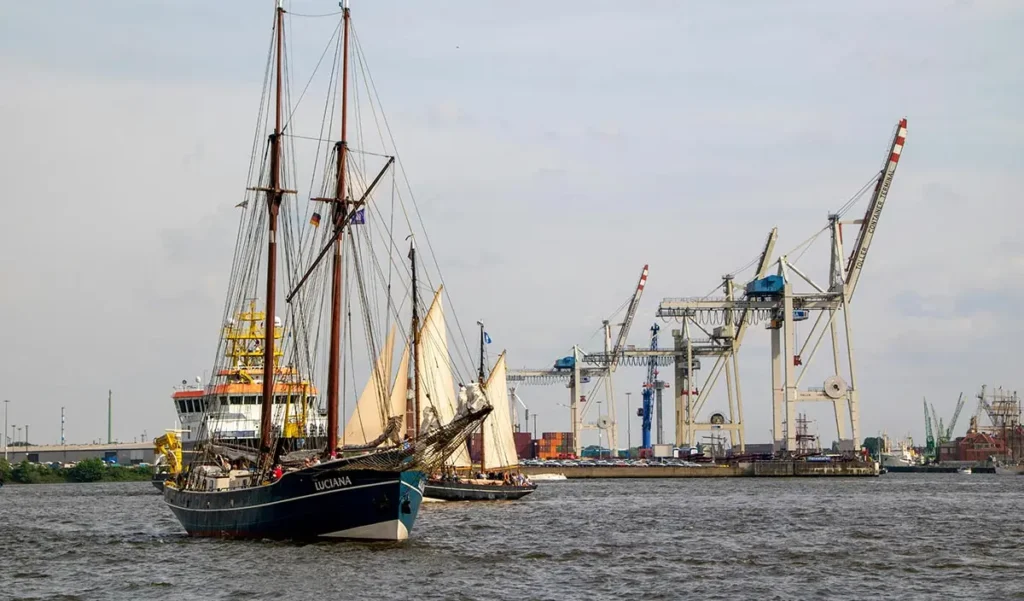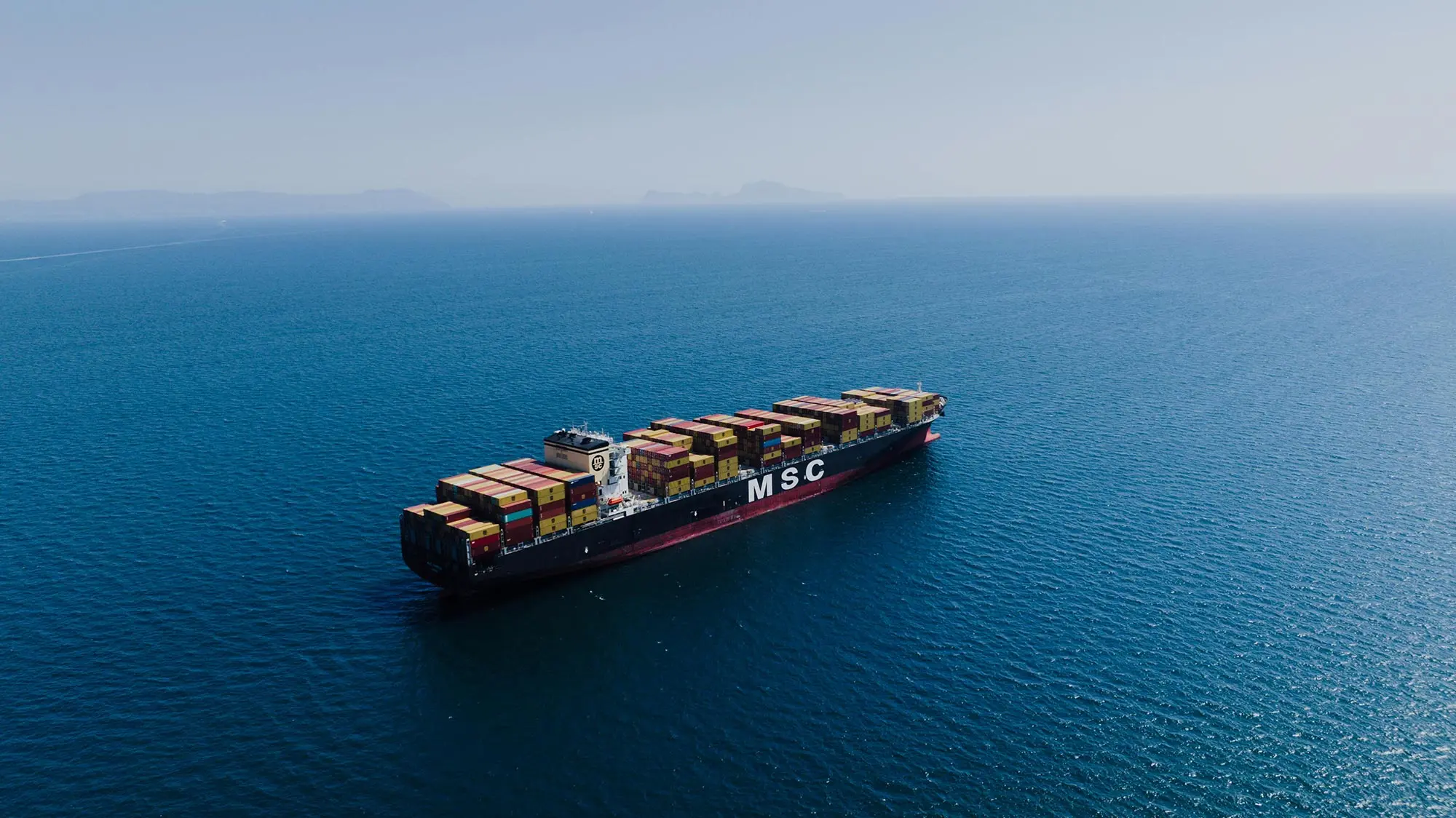In the ever-evolving logistics industry, visibility into domestic marine transportation remains a critical challenge. As global trade continues to expand, ensuring that goods move efficiently across seas and ports requires constant monitoring. This article explores the challenges faced in domestic marine transportation visibility and offers strategies to overcome them, enhancing efficiency and reducing delays.
Complex Port Operations
One of the primary challenges in domestic marine transportation visibility is the complexity of port operations. Ports involve numerous stakeholders, from shipping companies to government authorities, making it difficult to track cargo in real-time. Managing these various moving parts requires robust systems to ensure smooth communication and coordination to avoid delays.
Limited Tracking Technology
The lack of comprehensive tracking technology in marine transportation is another hurdle. While air and ground transport have advanced tracking solutions, marine transport often lags behind. This lack of innovation in tracking systems creates blind spots for businesses, leading to inefficiencies in route planning, cargo management, and response times to unforeseen delays.
Lack of Standardization

Another barrier to visibility is the lack of standardization in reporting and data formats across marine logistics platforms. With numerous players involved, each using different systems, data sharing becomes fragmented. To solve this, adopting universal standards for data exchange is critical in streamlining communication and enhancing the overall visibility of marine operations.
Weather and Environmental Challenges
Weather and environmental factors also play a significant role in domestic marine transportation visibility. Severe weather conditions, such as storms and fog, can delay vessels and obscure tracking systems. Improving real-time data integration with weather forecasting tools helps anticipate these delays, offering businesses the information they need to adjust schedules and minimize impact.
Regulatory Barriers and Compliance
Regulatory challenges in domestic marine transportation can also hinder visibility. Different regions and countries may have varying compliance requirements and data-sharing policies. Navigating these regulations requires companies to stay updated with local laws, ensuring they can provide accurate and timely data to stakeholders without violating regulatory constraints.
Conclusion
Overcoming the challenges of domestic marine transportation visibility requires a multi-faceted approach. By embracing advanced tracking technologies, streamlining communication through standardized systems, and integrating predictive analytics, businesses can improve their operational transparency. These strategies will not only enhance efficiency but also foster stronger relationships across the supply chain, ensuring smoother operations in the future.

Leave a Reply